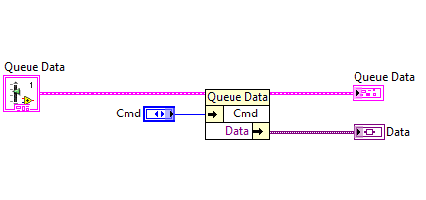View Ideas...
Labels
-
Analysis & Computation
302 -
Development & API
2 -
Development Tools
1 -
Execution & Performance
1,015 -
Feed management
1 -
HW Connectivity
114 -
Installation & Upgrade
266 -
Networking Communications
182 -
Package creation
1 -
Package distribution
1 -
Third party integration & APIs
284 -
UI & Usability
5,422 -
VeriStand
1
Idea Statuses
- New 3,024
- Under Consideration 4
- In Development 1
- In Beta 0
- Declined 2,633
- Duplicate 710
- Completed 339
- Already Implemented 114
- Archived 0
Top Authors
| User | Kudos |
|---|---|
| 7 | |
| 2 | |
| 1 | |
| 1 | |
| 1 |
Turn on suggestions
Auto-suggest helps you quickly narrow down your search results by suggesting possible matches as you type.
Showing results for
Options
- Subscribe to RSS Feed
- Mark as New
- Mark as Read
- Bookmark
- Subscribe
- Printer Friendly Page
- Report to a Moderator
Property Node Style Bundle and Unbundle Element
Submitted by
 SteveChandler
on
11-08-2010
11:08 AM
19 Comments (19 New)
SteveChandler
on
11-08-2010
11:08 AM
19 Comments (19 New)
Status:
New
Problem - Bundle by name causes unnecessary wire bends because the type specifier is on the top.
Make the type specifier terminal on the upper left and the output on the upper right. Also right clicking on an item will allow you to select "Change to Read" or "Change to Write".
Would look something like the following.
=====================
LabVIEW 2012
LabVIEW 2012
Labels:
19 Comments
You must be a registered user to add a comment. If you've already registered, sign in. Otherwise, register and sign in.

